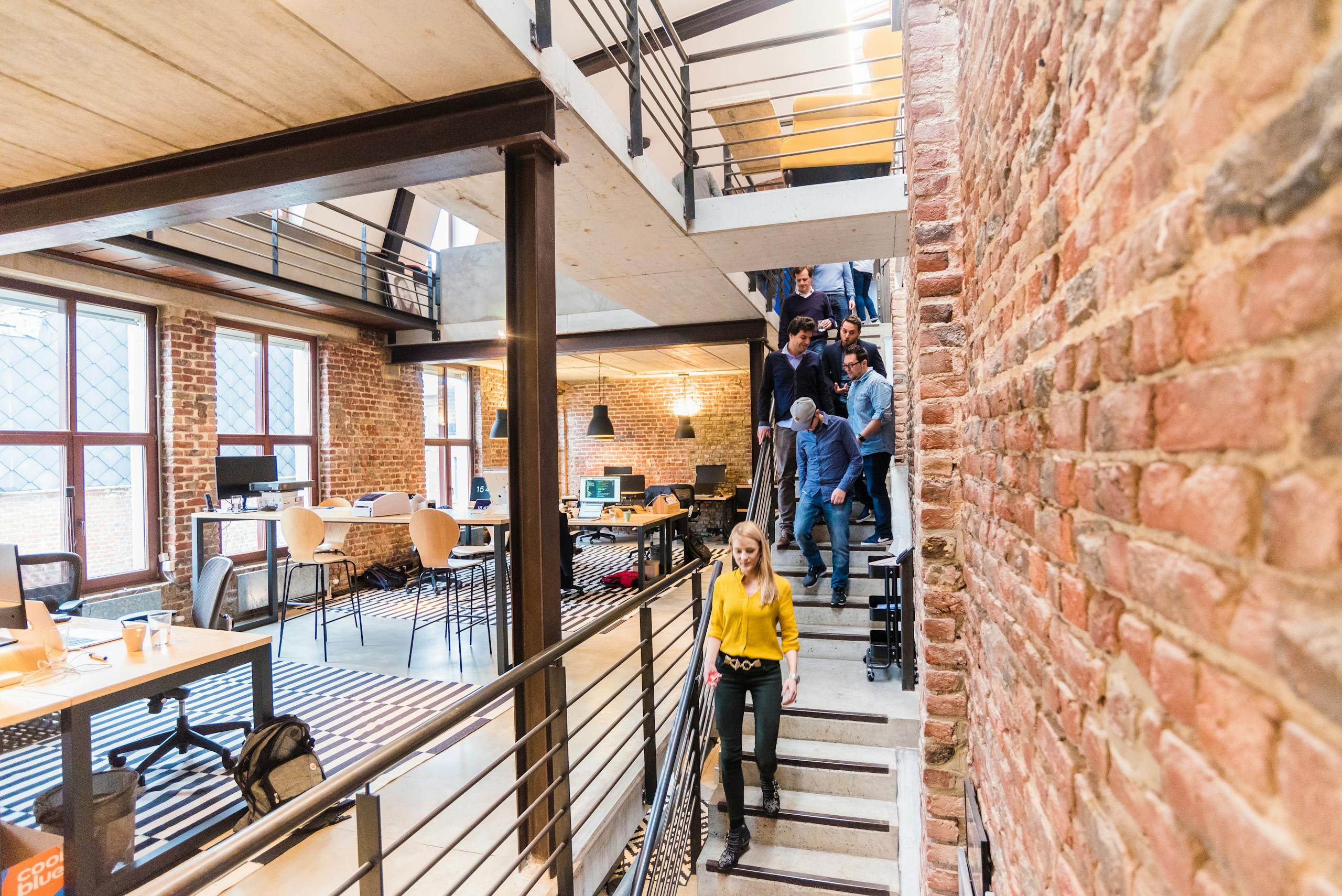Top Trends in Office Space Design and Utilization
The traditional office, once a fixed bastion of corporate life, is undergoing a revolutionary transformation. Driven by the lasting impacts of the pandemic, evolving employee expectations, and rapid technological advancements, the modern commercial property is no longer just a place to work — it’s a dynamic ecosystem designed for collaboration, innovation, and well-being.
For businesses and landlords alike, understanding the leading trends in office space utilization is crucial for creating environments that attract talent, foster productivity, and offer sustainable value.
Rise of the Hybrid Workspace
One of the most profound shifts defining this new era is the rise of the hybrid workspace. Employees don’t sit confined to their desks five days a week anymore; instead, they flow seamlessly between home, third spaces, and the physical office. This much-improved model demands a complete rethink of office space utilization.
Companies are moving away from dedicated cubicles towards flexible layouts that support diverse activities. The focus is on creating destinations that draw employees back in, offering amenities and experiences not easily replicated at home. This means more collaborative zones, quiet focus areas, and versatile meeting rooms equipped with seamless video conferencing tech.

Activity-Based Working
At the heart of optimizing these flexible environments is Activity-based working (ABW). ABW eschews personal desks in favor of a variety of settings tailored to different tasks. Need to concentrate? Head to a quiet library zone. Brainstorming with a team? Utilize a dynamic collaboration hub with whiteboards and digital screens. Taking a private call? Step into a phone booth.
This approach not only maximizes office space utilization by ensuring every square foot serves a purpose but also empowers employees with choice and autonomy, leading to increased engagement and productivity.
One important caveat here, however — implementing ABW requires robust booking systems and clear guidelines to ensure a smooth user experience. Get this wrong, and what should be a big plus instead turns into an office sore spot.

Co-working Space Trends
Complementing the internal flexibility of ABW, the external landscape of co-working space trends continues its upward trajectory as well. Businesses, particularly those adopting hybrid models, are increasingly integrating co-working memberships into their real estate strategies.
These co-working spaces offer unparalleled flexibility, allowing companies to scale their physical footprint up or down as needed, to access premium locations without long-term leases, and to provide employees with convenient work options closer to home.
These spaces are evolving beyond just shared desks, offering specialized amenities like podcast studios, event areas, and enhanced wellness facilities, further solidifying their role as vital components of a modern hybrid workspace strategy.
Sustainable Office Design
Beyond functionality and flexibility, a strong emphasis on environmental stewardship is also shaping design. Indeed, sustainable office design is no longer just a niche concern but now a mainstream imperative.
This includes everything from incorporating natural light and ventilation (biophilic design) to using recycled and low-carbon materials, implementing energy-efficient HVAC systems, and integrating smart controls to minimize waste.
Companies are recognizing that sustainable practices not only reduce operational costs, they also enhance brand reputation and contribute to employee well-being, which attracts environmentally-conscious talent.

Smart Office Technology
Finally, underpinning all these trends is the pervasive integration of technology. Smart office technology is transforming how spaces operate and are experienced.
IoT sensors track office space utilization in real-time, providing invaluable data for optimizing layouts and resource allocation. Mobile apps allow employees to book desks, adjust lighting and temperature, and navigate the office effortlessly. Advanced AV systems facilitate seamless communication for remote and in-office teams.
This sophisticated blend of hardware and software falls under the umbrella of PropTech for office space, offering unprecedented levels of efficiency, comfort, and data-driven insights.

In essence, the office of today and tomorrow is dynamic, data-rich, and deeply human-centric. By embracing office space utilization strategies centered around the hybrid workspace, facilitated by activity-based working (ABW), complemented by co-working space trends, built with sustainable office design principles, and powered by Smart office technology (including PropTech for office space), businesses can create environments that truly empower their workforce and boost their future success.



